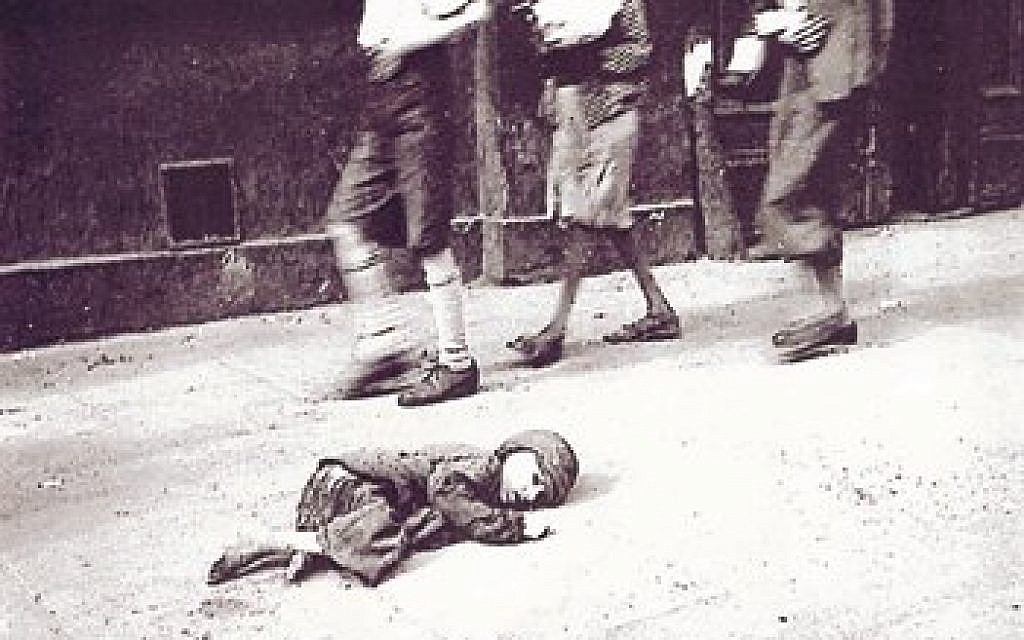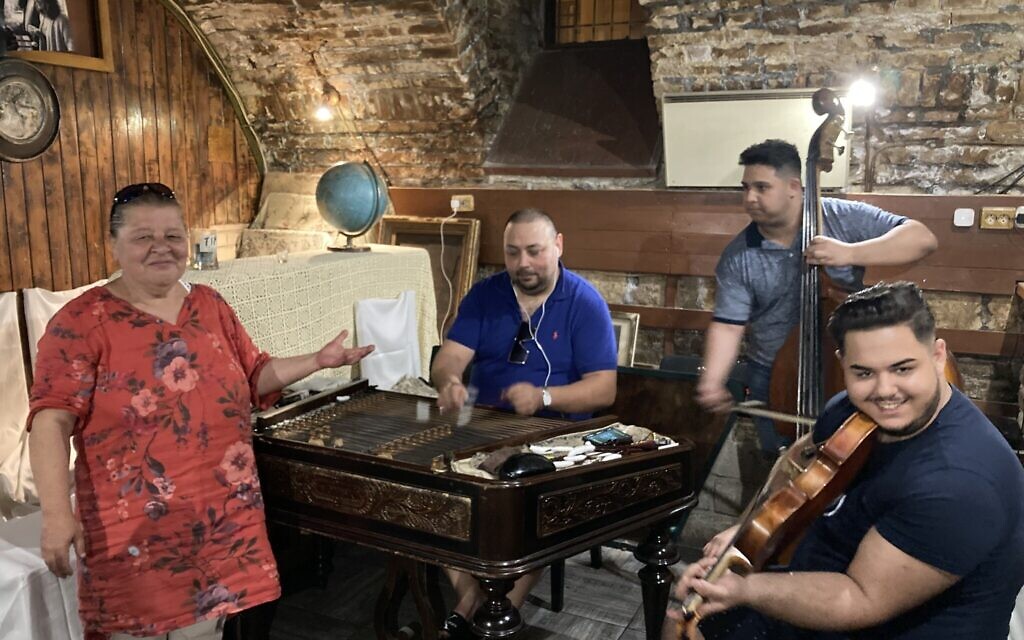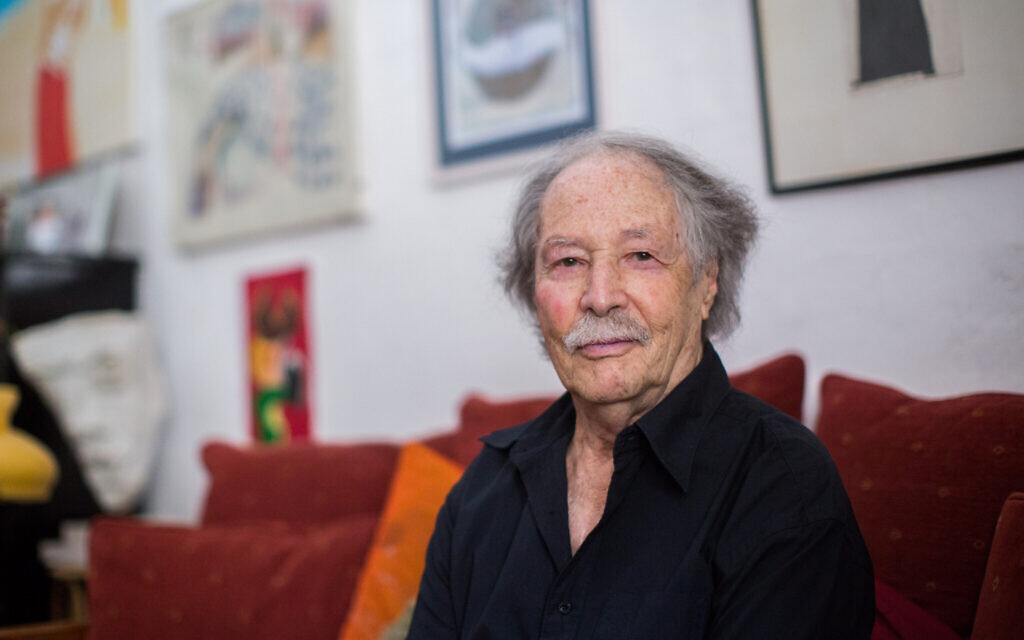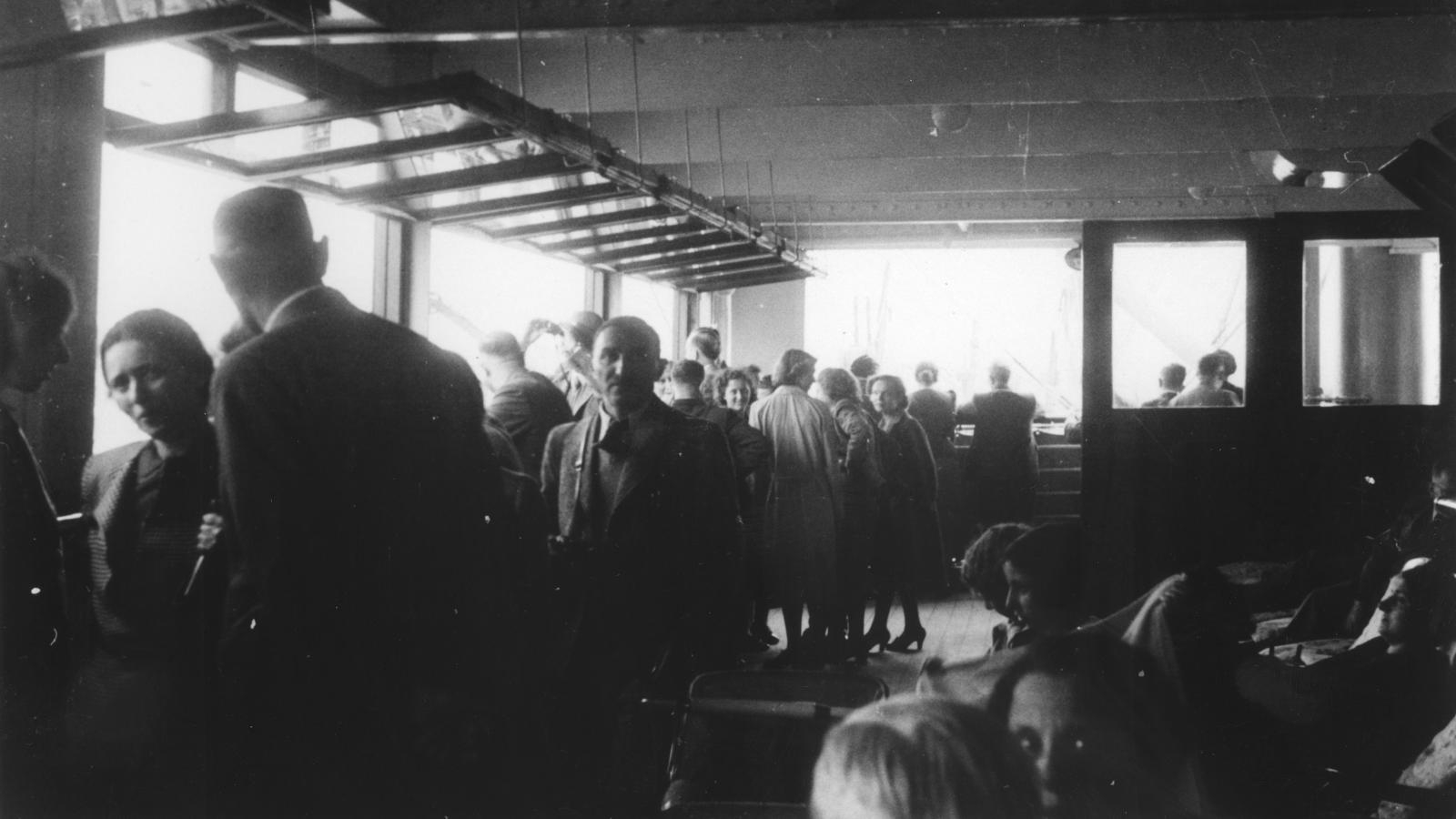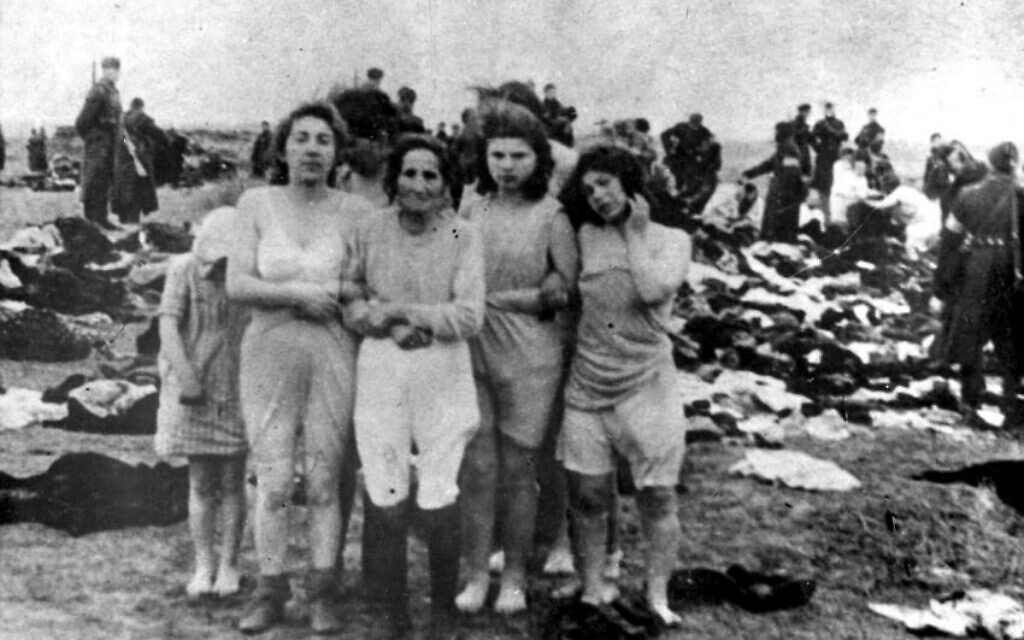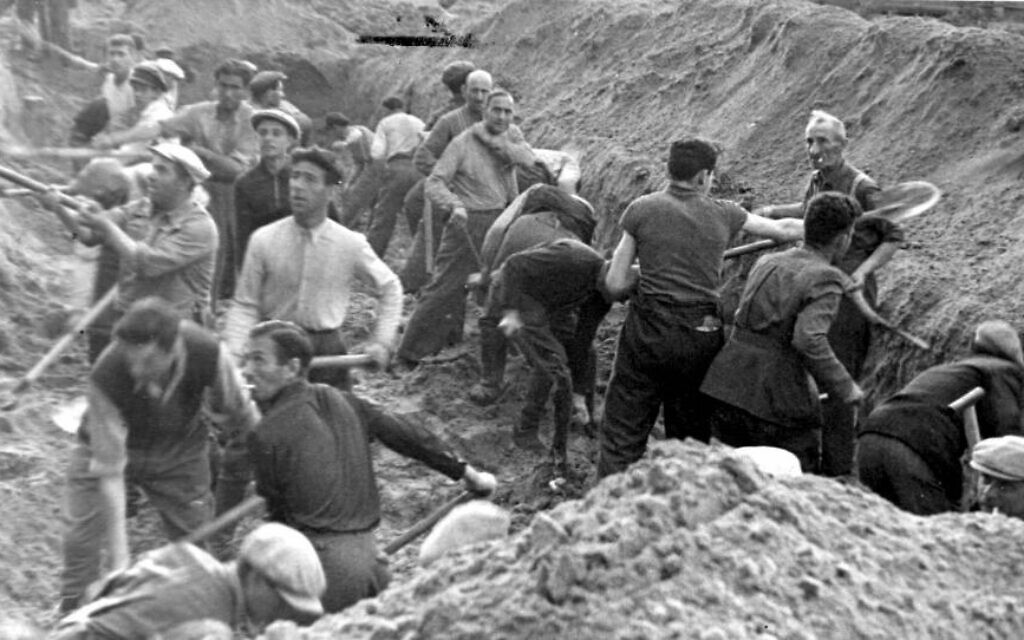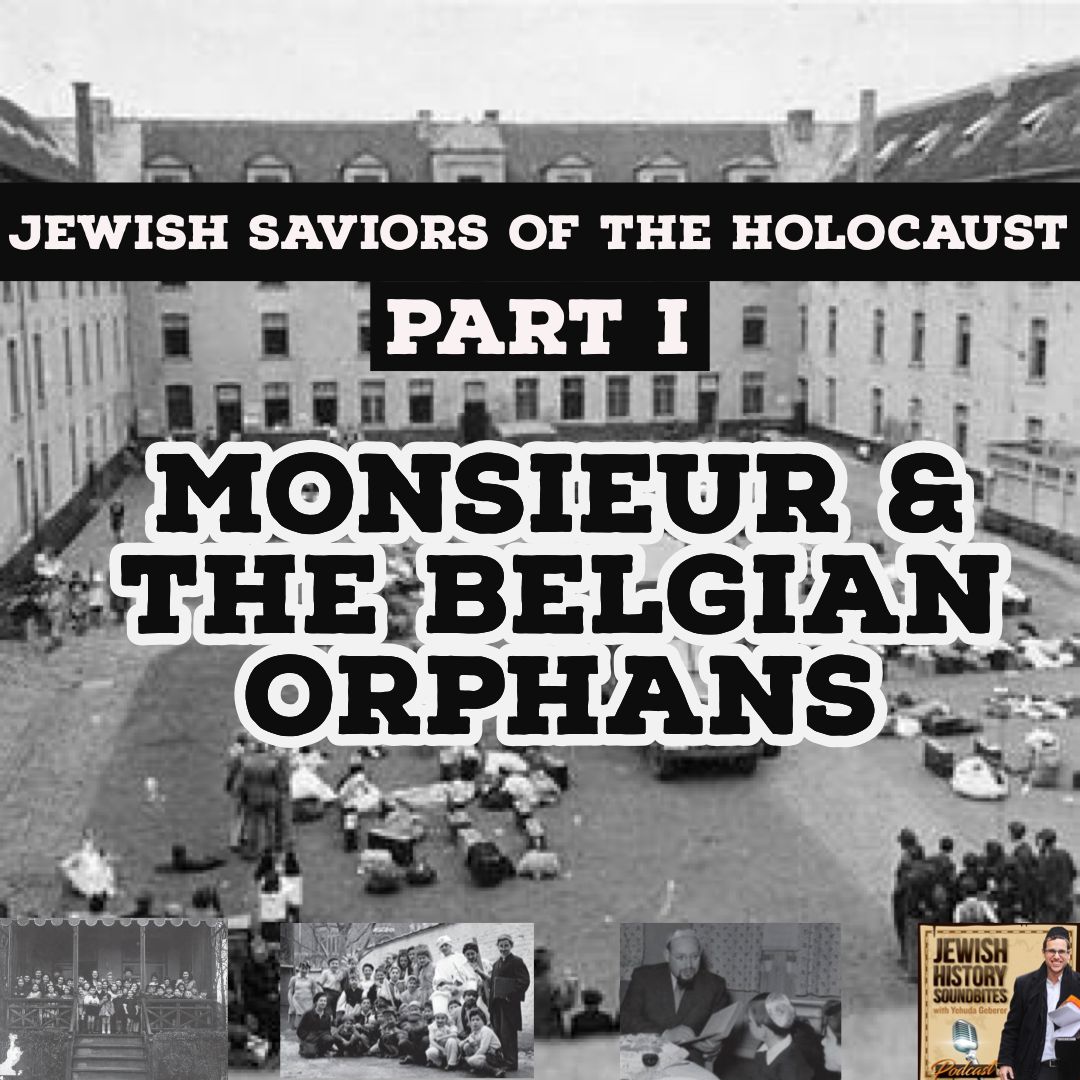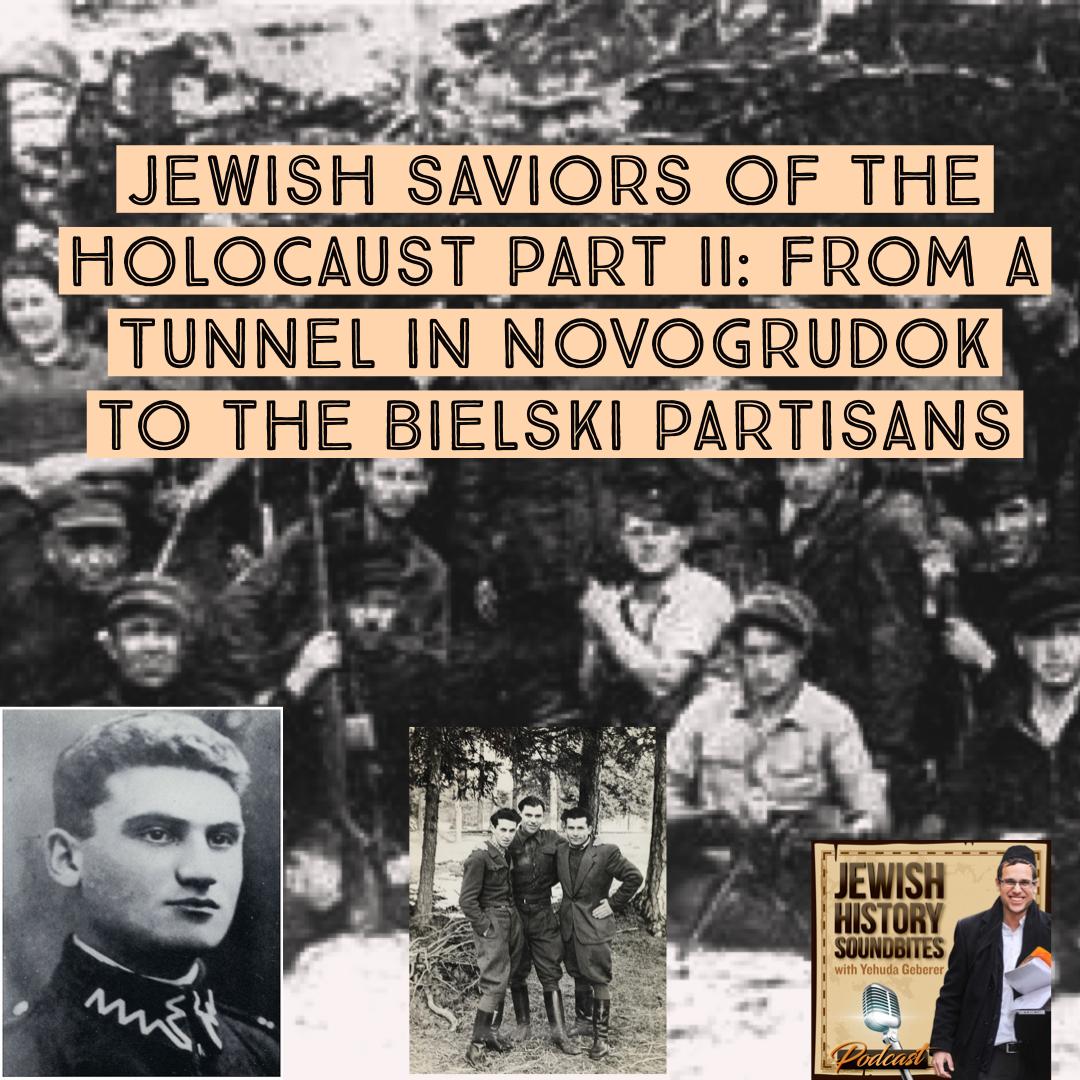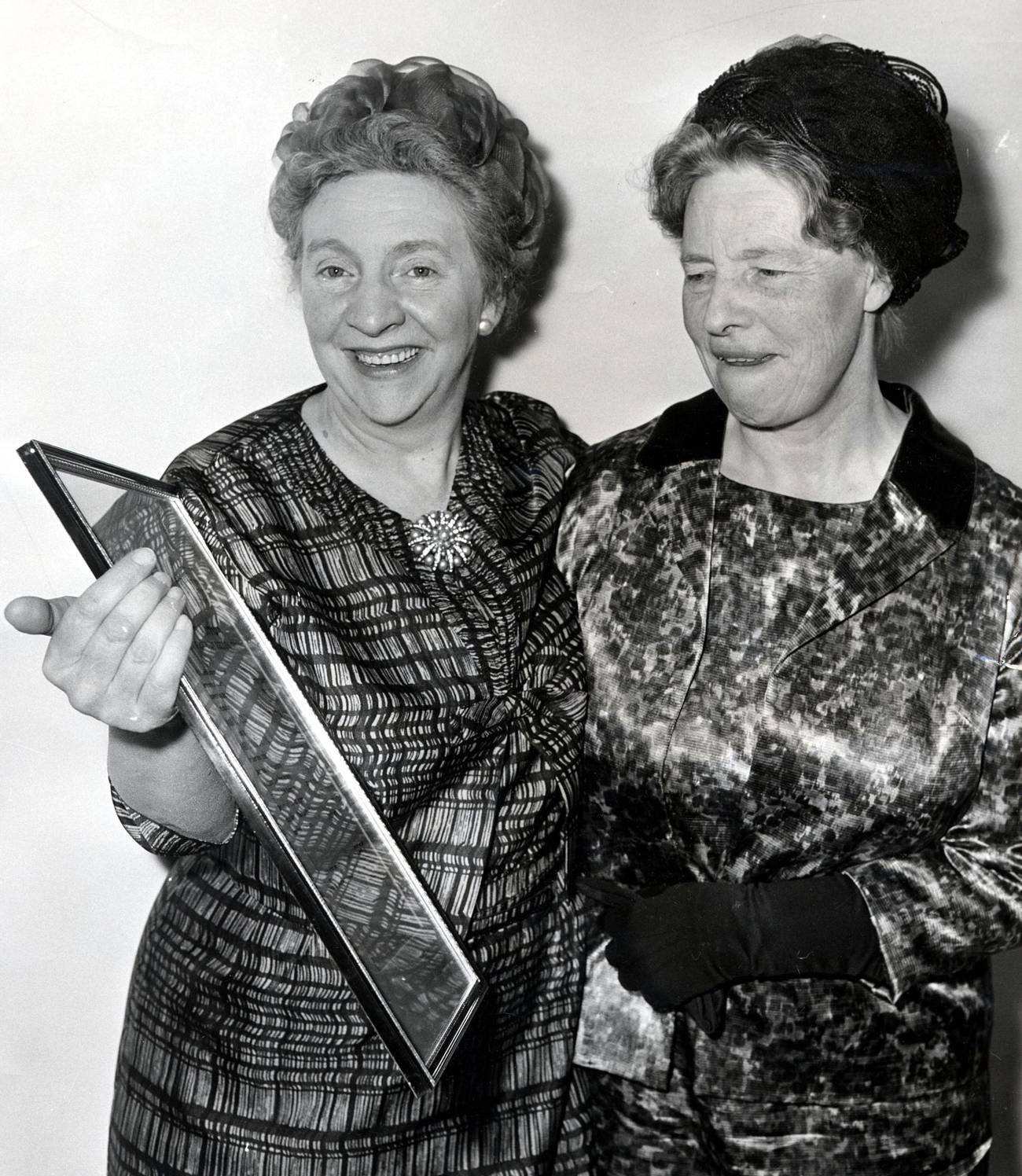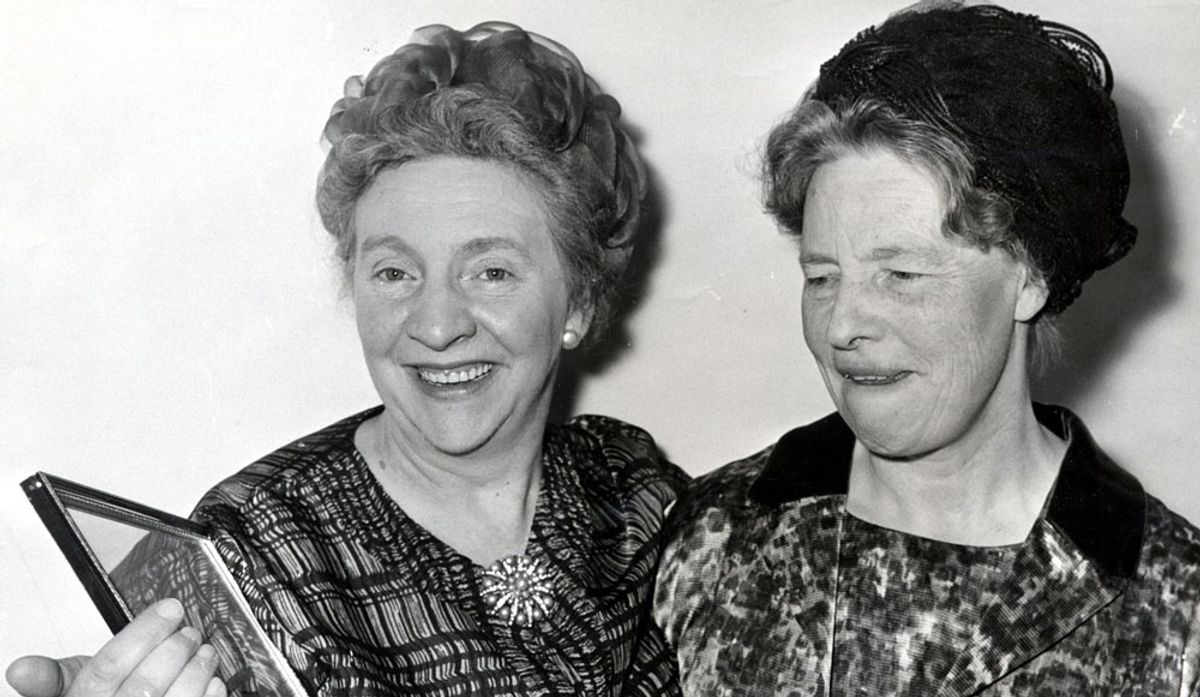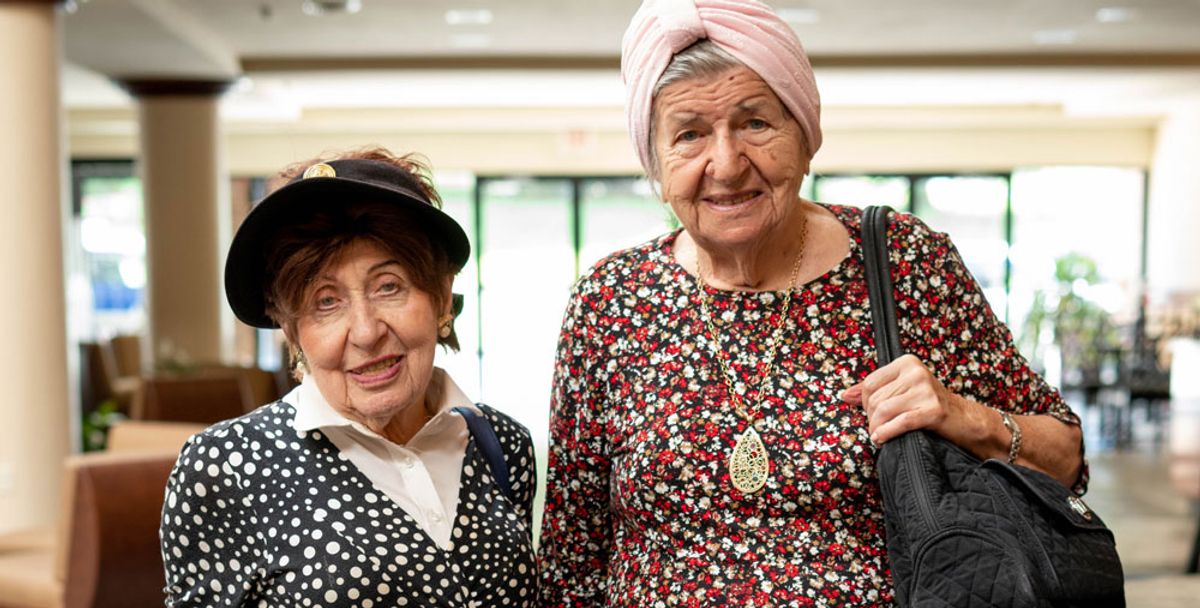Mindful
Diamond Member
- Banned
- #321
Eichmann claimed he was bureaucrat following orders. Recently released transcripts of conversations he had with a Nazi journalist show Eichmann boasting of his significant role in executing the Final Solution.
These are the bone chilling words of Adolf Eichmann, the driving force behind the Nazis’ “Final Solution to the Jewish Question,” and architect of the murder of millions of Jews: “Every fiber in me resists that we did something wrong. I must tell you honestly, had we killed 10.3 million Jews, then I would be satisfied and say, ‘Good, we exterminated an enemy.’ Then we would have fulfilled our mission.”

 aish.com
aish.com
These are the bone chilling words of Adolf Eichmann, the driving force behind the Nazis’ “Final Solution to the Jewish Question,” and architect of the murder of millions of Jews: “Every fiber in me resists that we did something wrong. I must tell you honestly, had we killed 10.3 million Jews, then I would be satisfied and say, ‘Good, we exterminated an enemy.’ Then we would have fulfilled our mission.”

Adolf Eichmann’s Confession - aish.com People, History, Modern, Featured, Holocaust Studies
Eichmann claimed he was bureaucrat following orders. Recently released transcripts of conversations he had with a Nazi journalist show Eichmann boasting of his significant role in executing the Final Solution.
 aish.com
aish.com
